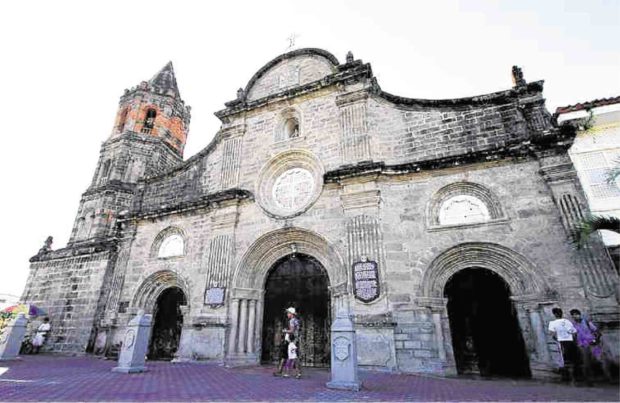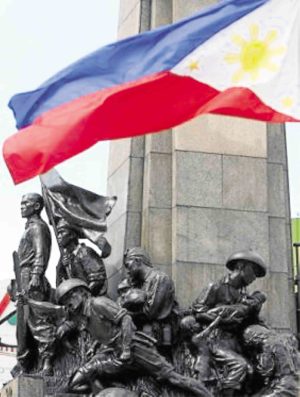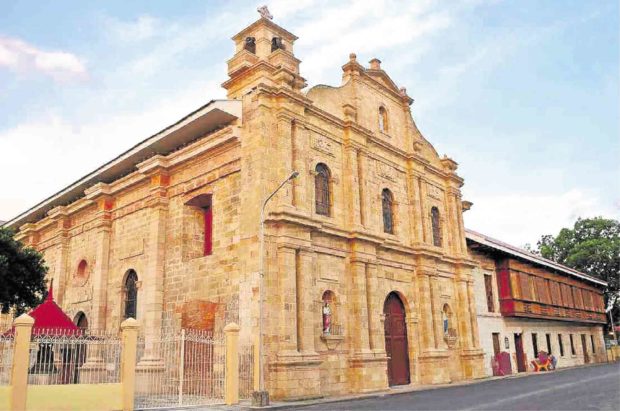Edifice of independence
Certain places in the country remain stark reminders of the country’s rich, storied past—a living evidence of how certain crucial events had been pivotal to shaping Philippine history and heritage.
As the Philippines celebrates its 120th Independence Day next week, here are a few structures and locations that should not only serve as reminders to Filipinos on how our ancestors unrelentingly fought for our freedom, but should also spark their sense of nationalism anew.
BARASOAIN CHURCH
Malolos City, Bulacan
The church became the seat of the revolutionary congress which convened here to advance the nation’s independence.
Three historic events occurred in its hallowed halls: the convening of the first Philippine Congress on Sept. 15, 1898; the ratification of the Malolos Constitution on Jan. 21, 1899; and the inauguration of the First Philippine Republic, also the first in Asia, on Jan. 23, 1899.
A museum beside the church boasts of interactive digital displays of historical and cultural treasures of the Malolos Congress, allowing students and other visitors to respond to a history quiz about the Philippine Revolution.
BONIFACIO MONUMENT
Caloocan City
Unveiled in 1933, the iconic monument serves a dual-purpose of commemorating Andres Bonifacio, the father of the revolution, and symbolizing the unrelenting pursuit of independent nationhood.
Designed and sculpted by National Artist Guillermo Tolentino, the obelisk with a tableau of 23 figures cast in bronze sits atop an octagonal base alluding to the eight provinces that led the revolution in 1896. Its base rises in three steps to signify three centuries of Spanish rule while at the peak of its 45-foot pylon is a winged figure of Victory.
Tolentino had, at his disposal, a total of P125,000 (equivalent to about P39 million today) to construct the monument and thus realize his vision for a bold, unprecedented and lasting tribute to the great revolutionary from Tondo, Manila.
PINAGLABANAN SHRINE
San Juan City
The Pinaglabanan Memorial Shrine in San Juan City was built to commemorate the Battle of Pinaglabanan in August 1896, the first battle of the Katipunan against the Spanish army.
The battle resulted in great losses to Andres Bonifacio and the Katipunan but it lit the fire and planted the seeds of revolution which eventually resulted in the proclamation of independence in 1898.
SANTA BARBARA CHURCH AND CONVENT
Santa Barbara, Iloilo
In 2015, the Independence Day rites were held in the town of Santa Barbara in Ilo-ilo in commemoration of the Visayan contribution to Philippine Independence.
It was in Santa Barbara where the revolutionary government of the Visayas was established. On Nov. 17, 1898, Iloilo revolutionaries first raised the flag at the town plaza, as Spanish colonial rule crumbled. That was the first time the flag was raised outside Luzon.
The Santa Barbara Church and Convent also played a key role in the uprising as it served as the general headquarters and military hospital of the revolutionaries.
Sources: “History of the Filipino People” by Teodoro A. Agoncillo, Official Gazette, malacanag.gov.ph, ncca.gov.ph, nhcp.gov.ph and Inquirer Archives
COMPILED BY: RAFAEL ANTONIO AND ANA ROA, INQUIRER RESEARCH



